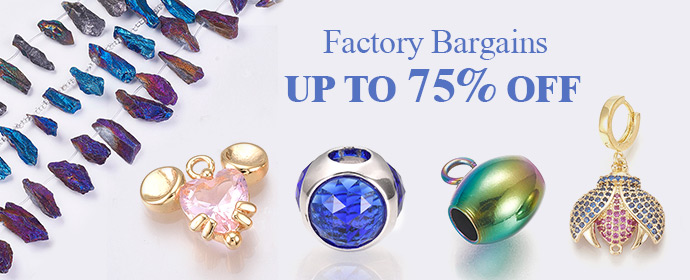Few names in fashion carry the same weight, allure, and history as Gucci. Since its founding in 1921, the brand has stood as a global symbol of Italian craftsmanship and luxury. Over a century later, Gucci continues to redefine fashion while staying true to its heritage — a delicate balance between tradition and reinvention that has made it one of the most influential fashion houses in the world.
A Legacy Born in Florence

Photo credit Gucci
Guccio Gucci founded the company in Florence, Italy, inspired by the elegance he observed while working at London’s Savoy Hotel. He returned home determined to bring refined British style and Italian artistry together, creating exquisite leather goods for travelers and equestrians. Early products like saddlebags, luggage, and handbags quickly gained attention among Europe’s elite, setting the tone for the brand’s dedication to quality and sophistication.
In the decades that followed, Gucci’s reputation flourished. The iconic double-G monogram was introduced in the 1960s, symbolizing the founder’s initials and quickly becoming a mark of prestige. Hollywood stars such as Audrey Hepburn, Grace Kelly, and Jackie Kennedy embraced the brand, turning its bamboo-handled bags and horsebit loafers into global status symbols.
Turbulence and Reinvention

Photo credit Gucci
Despite its glamorous rise, Gucci’s history has not been without turmoil. Internal family disputes in the 1980s led to a decline in brand identity and control. However, the 1990s marked a remarkable comeback. Under the creative direction of Tom Ford, Gucci became synonymous with daring sensuality and sleek modernism. Ford’s vision transformed the brand into a powerhouse of provocative luxury — epitomized by glossy ad campaigns, minimalist tailoring, and a bold use of black and metallics.
This revival not only saved the company but redefined fashion for the era, positioning Gucci as both glamorous and unapologetically bold.

Photo credit Gucci
In recent years, Gucci has once again evolved under new leadership. The appointment of Alessandro Michele in 2015 sparked a cultural revolution for the brand. Michele introduced a maximalist aesthetic filled with vintage-inspired designs, bold prints, and gender-fluid silhouettes. His approach celebrated individuality and artistic expression, resonating deeply with younger generations who sought authenticity and creativity in luxury fashion.
During Michele’s tenure, Gucci became one of the most talked-about brands in the world, embracing digital innovation and sustainability initiatives. Collaborations like Gucci x The North Face and the Gucci Garden Archetypes exhibition showcased the brand’s ability to merge heritage with pop culture relevance. Gucci also made major strides in digital fashion — from virtual sneakers to immersive online experiences — proving that tradition and technology can coexist beautifully.
In 2023, Gucci entered another chapter with Sabato De Sarno taking over as creative director. His debut collection, “Gucci Ancora,” signaled a return to refined elegance — clean lines, tailored silhouettes, and timeless simplicity — while maintaining the modern energy that keeps the brand at the forefront of global fashion.
Timeless Influence

Photo credit Gucci
What makes Gucci so enduring is its ability to evolve without losing its soul. Each era — from Guccio’s handcrafted luggage to Tom Ford’s provocative minimalism and Michele’s bohemian maximalism — reflects a different interpretation of luxury. Yet through every transformation, Gucci has remained a mirror of the times: a brand that captures the cultural pulse while maintaining a standard of craftsmanship and excellence that few can rival.
Today, Gucci stands as both a heritage brand and a symbol of modern luxury. Whether it’s on a Milan runway, a Hollywood red carpet, or in the metaverse, Gucci continues to embody the spirit of reinvention — proving that true style is timeless.
Recommend0 recommendationsPublished in Uncategorized




